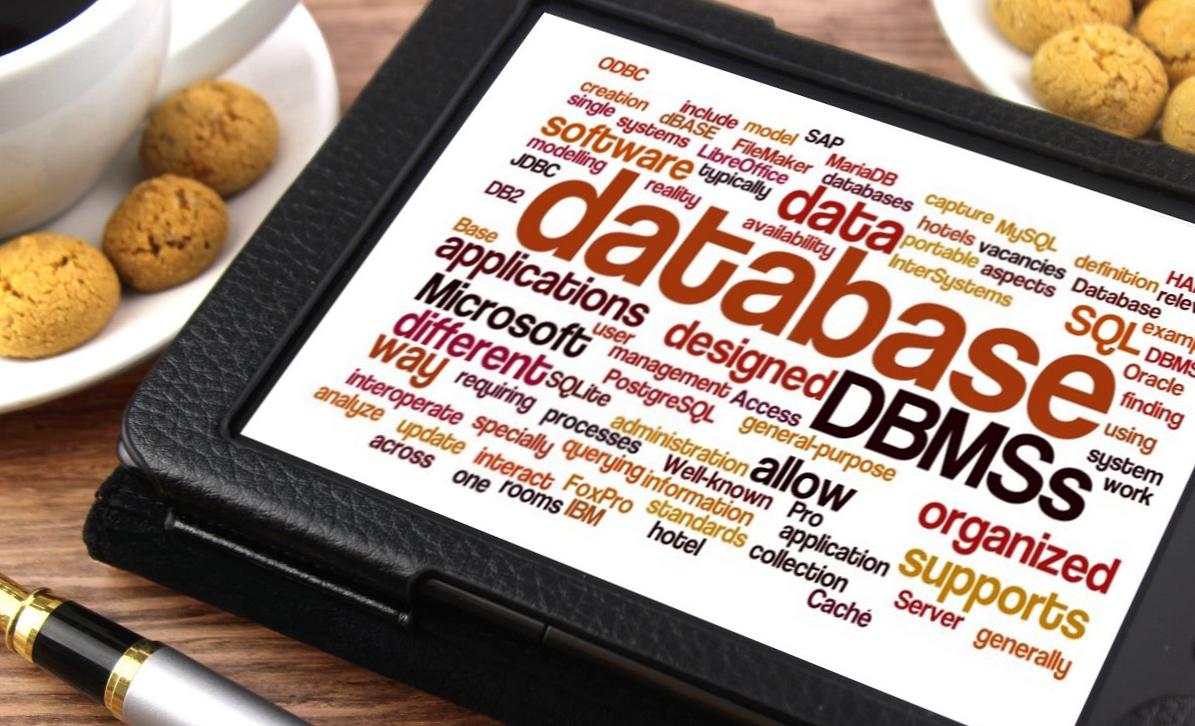What is the Difference Between DBMS and RDBMS? with Proper Definition and Brief Explanation
The main difference between them is that the DBMS is a software that helps in creating and managing databases while the RDBMS is a type of DBMS that is based on the relational model.
DBMS is database management software that was introduced during the 1960s. It can handle a collection of data and can perform various functions such as creating, reviewing, and controlling databases. DBMS is mainly useful for small organizations and individuals. On the other hand, RDBMS is an advanced type of DBMS introduced during the 1970s. It is based on the relational model. The tables in the database in RDBMS are connected to each other. In short, RDBMS allows to store, organize and manage data more efficiently than a DBMS.
Key Areas Covered
1. What is DBMS?
– Definition, Functionality
2. What is RDBMS?
– Definition, Functionality
3. Relationship between DBMS and RDBMS?
– Association scheme
4. Difference between DBMS and RDBMS?
– Comparison of key differences

What is DBMS?
DBMS stands for Database Management System . It is software used to create, manipulate, and retrieve data in databases. A DBMS stores data in a hierarchical or navigational manner. It uses the file system to store data. So, there is no relationship between the tables.

A DBMS can perform various operations such as insert, update, and delete records. It is more suitable for storing data from individual business applications. On the other hand, DBMS does not provide much security for data. Normalization is also not possible. Therefore, the data can have high redundancy. Sybase, dbase and Microsoft Access are some examples of DBMS.
What is RDBMS?
RDBMS stands for Relational Database Management System . It is an advanced type of DBMS based on the relational model. Tables in RDBMS are related to each other. It allows you to store, organize and manage data more efficiently than a regular DBMS. An RDBMS provides multiple advantages compared to a DBMS.

Normalization is the process of removing data anomalies and bringing the database to a consistent state. Normalization can be done in RDBMS. Helps minimize data redundancy. Also, it is easier to transact using RDBMS. It maintains data atomicity, consistency, isolation, and durability. These properties increase data integrity. RDBMS is more suitable for complex applications with multiple users. MSSQL, MySQL and Oracle are some examples of RDBMS.
Relationship
- RDBMS is a type of DBMS.
Key Differences
Definition
DBMS is software that provides a systematic way to create, retrieve, and manage data in databases. RDBMS is a DBMS that is based on the relational model introduced by EF Codd. This definition explains the basic difference between them.
Long Way
Database Management System is the long form for DBMS while Relational Database Management System is the long form for RDBMS.
Storage Method
DBMS stores data in hierarchical or navigational form as files while RDBMS stores data in tables and these tables are related to each other. This is another important difference between them.
Standardization
Also, normalization cannot be done in DBMS while normalization can be done in RDBMS.
Some other notable differences between them are listed below.
Data Redundancy
There is high data redundancy in DBMS but low data redundancy in RDBMS.
Security
RDBMS provides more data security than DBMS.
Modification
It is difficult to change data in DBMS but it is easier to modify data in RDBMS.
Data Access
It takes more time to access data in DBMS but, in RDBMS, it takes only minimal time to access data.
Use of Keys and Indexes
There are no keys and indexes in DBMS but there are keys and indexes in RDBMS and they help to build the association between the tables.
Proceedings
Transactions performed using DBMS can cause errors and are less secure and inefficient. On the other hand, transactions made with RDBMS are more efficient and secure. This is a key difference between them.
Use
DBMS is suitable for storing a small amount of data. It is used by small organizations. Whereas, the RDBMS is suitable for storing a large amount of data. It is used by large organizations with multiple users.
Examples
Microsoft Access, Libra Office, and dBase are some examples of DBMS. MSSQL, MySQL, Oracle, and SQLite are some examples of RDBMS.
Reference:
1. “DBMS Overview.” Www.tutorialspoint.com, Tutorials Point, available here.
2. “Relational DBMS Basics.” Python Logical and Relational Operators | Studytonight, available here.
Courtesy image:
1. “Database” by Nick Youngson (CC BY-SA 3.0) via Blue Diamond Gallery
2. “1895779” (CC0) via Pixabay